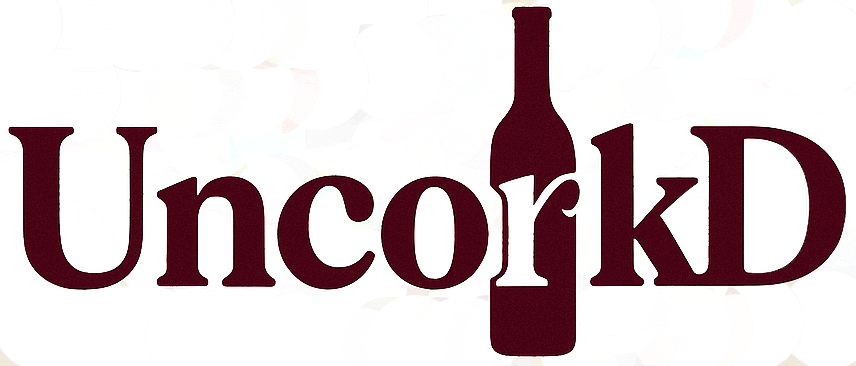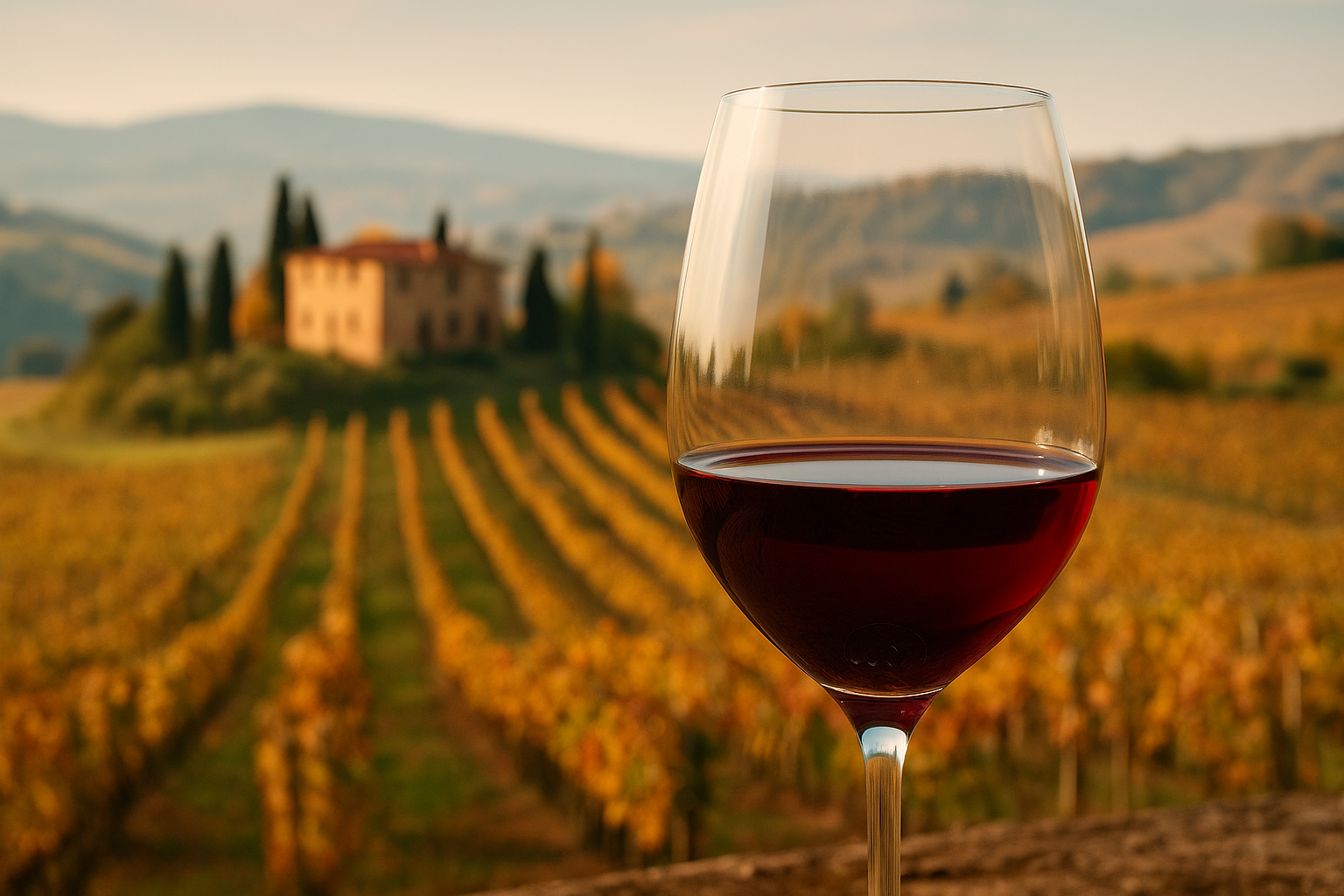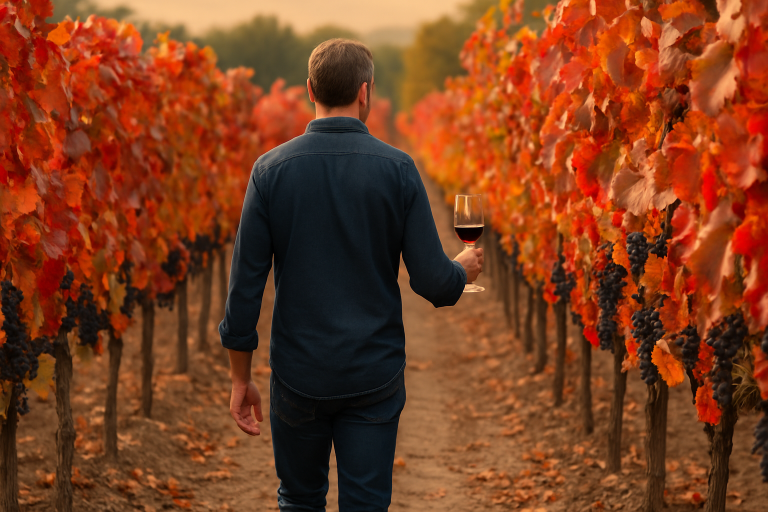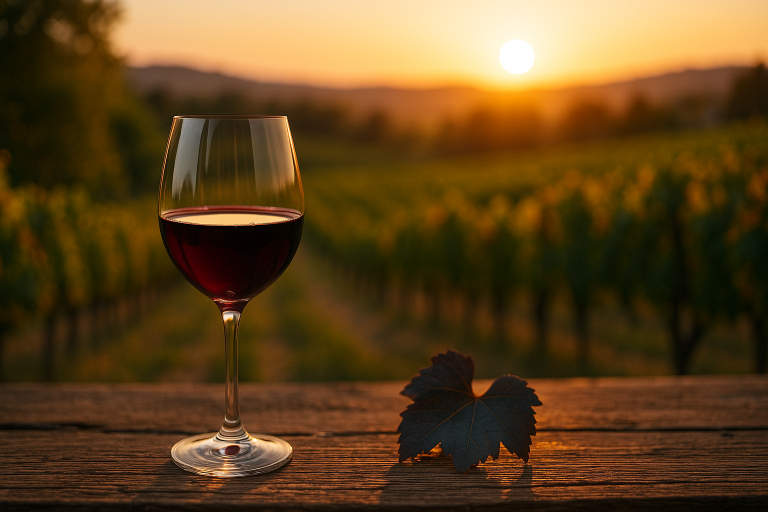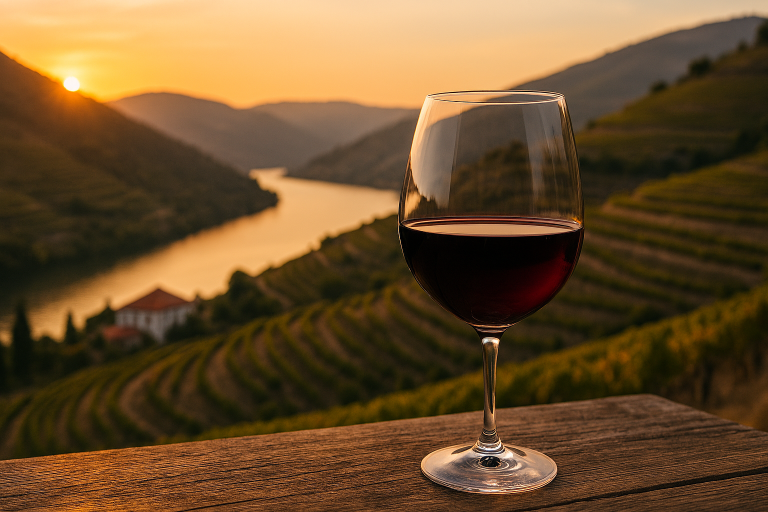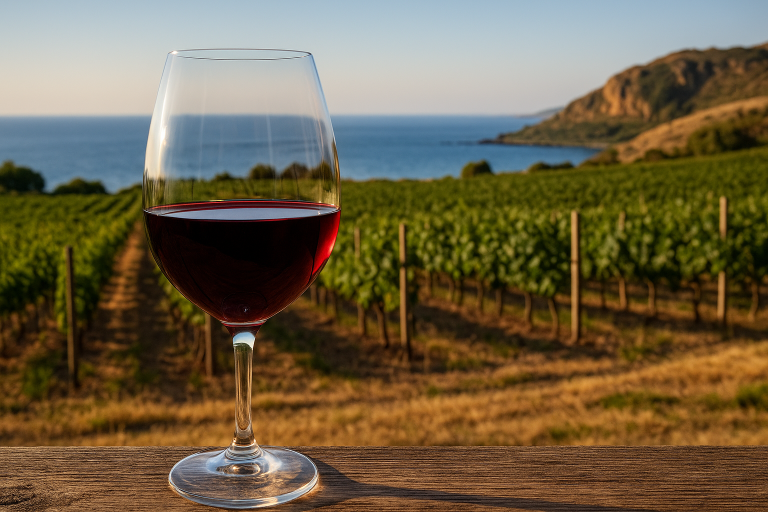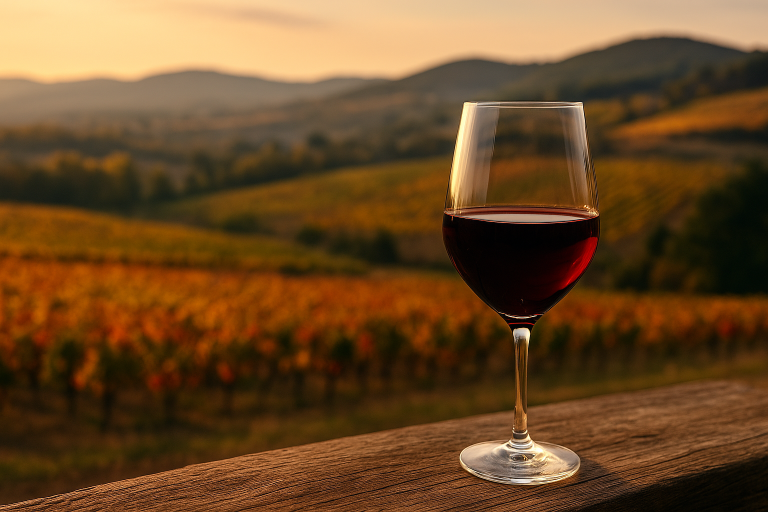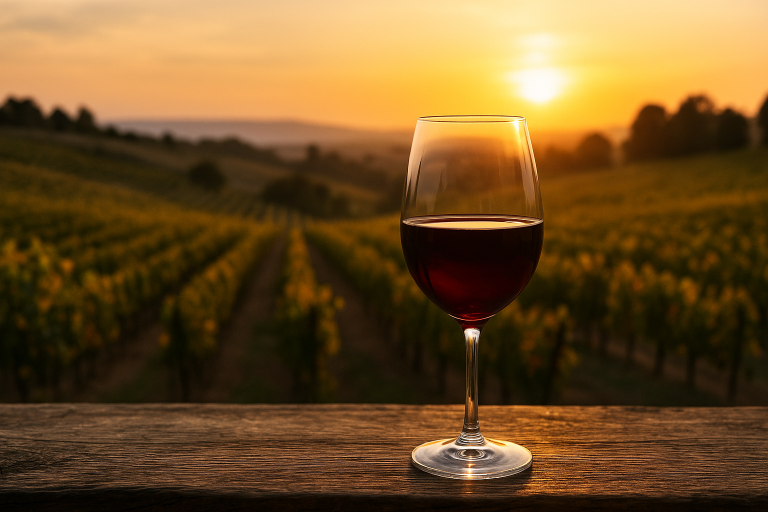Among Italy’s most revered and enigmatic red wines, Nebbiolo stands at the pinnacle of tradition, complexity, and grace. Best known as the grape behind the legendary Barolo and Barbaresco, Nebbiolo produces wines that combine ethereal perfume with commanding structure. With its pale hue, firm tannins, and haunting aromas of rose, tar, and cherry, Nebbiolo is a paradox in the best possible way — delicate in color, yet powerful in flavor; graceful in youth, yet monumental with age.
A Brief History
The roots of Nebbiolo stretch deep into the Piedmont region of northwest Italy, where it has been cultivated for over seven centuries. The name “Nebbiolo” is thought to come from nebbia, the Italian word for “fog,” referring either to the mist that blankets Piedmont’s vineyards during harvest or to the frosty bloom that forms on the grapes’ skin as they ripen.
Historical documents mention Nebbiolo as early as the 13th century, long before most of today’s famous grape varieties were even known. It quickly became the pride of Piedmont, used to craft wines of remarkable longevity — once prized by kings and aristocrats.
In the 19th century, winemakers such as Camillo Benso, Count of Cavour, helped modernize production, introducing controlled fermentation and oak aging. These advancements solidified Nebbiolo’s reputation as Italy’s answer to Burgundy — a wine of place, patience, and prestige.
Where It’s Grown
Nebbiolo is a notoriously finicky grape, thriving only in specific conditions — cool climates with plenty of sunshine, and soils rich in limestone and clay.
- Italy (Piedmont): The undisputed home of Nebbiolo.
- Barolo DOCG: Known as the “King of Wines,” Barolo delivers power, structure, and longevity, with deep tannins and complex layers of tar, truffle, and dried rose.
- Barbaresco DOCG: Often called Barolo’s “Queen,” Barbaresco is more elegant and approachable, offering floral finesse and silky texture.
- Other notable Piedmont areas include Langhe, Roero, and Gattinara, each with its own nuanced expression.
- Lombardy (Valtellina): Produces a lighter, alpine style called Chiavennasca, with vibrant red fruit and minerality.
- New World Regions: Small plantings in California, Oregon, and Australia show promise but rarely match the depth and character of Italian Nebbiolo.
Its sensitivity to terroir and climate makes Nebbiolo one of the most expressive — and demanding — grapes in the world.
Tasting Notes
Nebbiolo is a study in contrast. It appears light and translucent, often resembling Pinot Noir, yet its structure is firm, with high acidity and bold tannins that give it exceptional aging potential.
Typical aromas include cherry, rose, violet, and tar, evolving with age into notes of truffle, dried herbs, leather, tobacco, and forest floor. The palate is complex and savory, with flavors of red fruit, anise, and earthy spice, leading to a long, elegant finish.
Young Nebbiolo can be assertive, requiring decanting or time to soften, while mature bottles reward patience with astonishing depth and harmony.
Its balance of acidity and tannin makes it an ideal food wine — pairing beautifully with truffle risotto, osso buco, roasted meats, wild mushrooms, and aged cheeses.
The Essence of Nebbiolo
Nebbiolo is not a wine of instant gratification — it’s a journey. It asks for time, attention, and respect, and in return, it offers complexity that few varietals can match. Each glass tells a story of foggy hills, ancient vineyards, and generations of craftsmanship.
To taste Nebbiolo is to taste the soul of Piedmont — refined, powerful, and eternally captivating.
